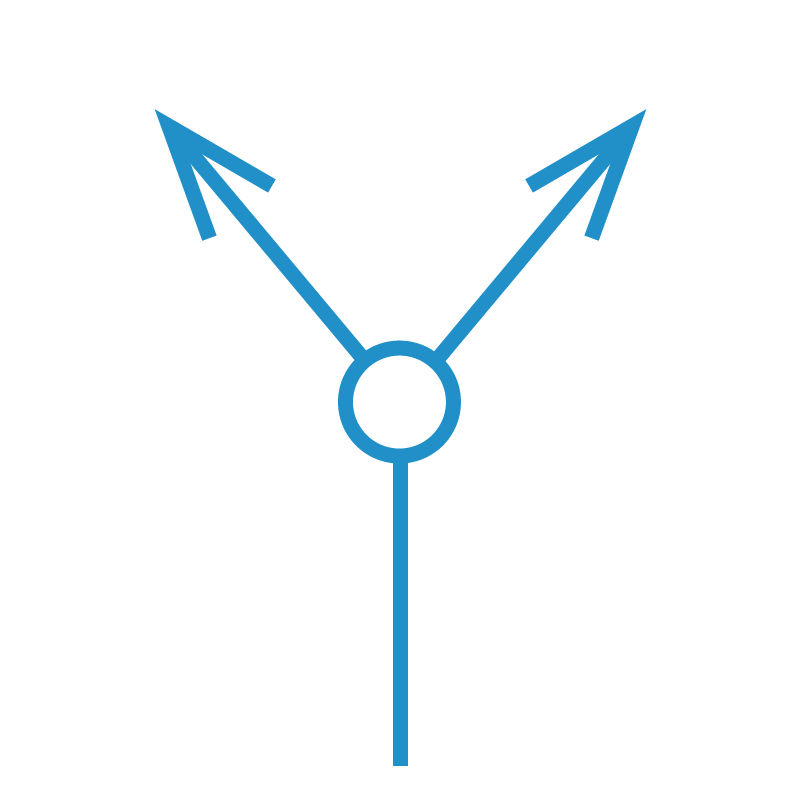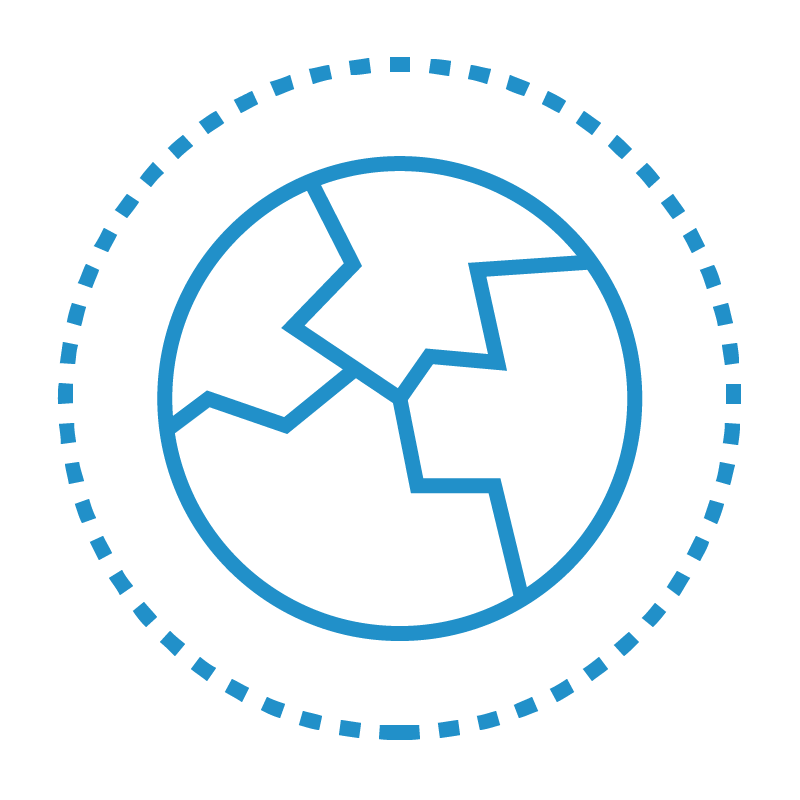Why Meseekna
Meaningful career development and training can help you retain 94% of your internal talent.
Every organization struggles with gaps in its Talent Pipeline – recruiting, transitions, promotions – resulting in low engagement from misplaced talent and high turnover from misaligned expectations.
Leaders need bias-free data about how their talent performs and makes decisions in real world scenarios to place them effectively in a robust Talent Pipeline. Organizations using high quality assessments with scientifically validated baselines optimize and operationalize performance assessment — driving employee engagement and retention.
Employees deserve a company culture that aligns with their values. Holistic employee experience starts with a deep dive into who they are, what they know, and how they perform. Data driven people assessment and talent development keep the Talent Pipeline unfettered and focused.
The Right Assessment
-

Produces Validated and Actionable Data on Potential Performance
A holistic evaluation provides validated and actionable insights into future performance. This kind of assessment gathers information on actual real world behavior, as opposed to personal preferences or group feedback. Reliable data supports streamlined decisions with replicable success.
-

Measures Each Step of the Decision Making Process
Our proprietary platform, methodology and technology are built with behavioral psychology to evaluate both widely and precisely. A rigorous research foundation ensures the scientifically validated assessment of each step in the decision making process: from goal prioritization and choosing when they will act to allocating resources and vetting information.
-

Removes Context for Bias-Free Decision Making Assessment
Meseekna helps evolve your current process, so you can accurately identify and distinguish between good test takers and true high performers. Evaluate how your talent thinks and makes decisions, without biasing the contextual data they may know and their knowledge of facts. Remove the bias of “what” and focus on the “how.”

To fill gaps in your Talent Pipeline, you need to know your talent.
Hiring from within increases employee performance, success, and loyalty.
Placing talent in the best roles for both their career and your organizational success extends past initial recruitment into every stage of the Talent Pipeline. Power lateral and upward placement decisions with actionable data on individual and group performance.
Giving your talent the opportunity for internal movement to roles that match their skills and performance can 3X employee engagement. Don't just place talent where they fit. Place them where they'll excel.
Cut the 20% new-hire tax with rich data on your talent performance. Know when you already have the right high performing candidate in your Talent Pipeline.
The cost of recruitment triples when you don’t retain high value employees.
Hiring incompatible candidates and failing to develop the people already in your organization traps your Talent Pipeline in the expensive hire and re-train turnover cycle. Career and leadership development opportunities are essential to attract and retain high performing talent.
Identify the kinds of decision-makers your organization needs, and know exactly in which roles and projects they can have maximum impact and see the greatest professional growth.
Offer every employee the opportunity for longitudinal coaching tailored to their specific thinking styles and patterns - allowing employees the ability to cognitively grow within the organization.
Reduce noise and bias to make organizational decisions more precise and accurate.
Levels of noise (the error in human judgment) are inherently high with processes that require people interaction. Even when bias is addressed, unchecked noise in the organization’s systems will decrease the effectiveness of important decisions.
Adding the science of social psychology to talent assessment reduces noise to help streamline organizational flows and decisions. While some noise is unavoidable, you can learn to predict outcomes and ensure all decisions are being made by the best possible people and teams.
Organizations can more than double the effectiveness of decisions and it starts with understanding how your people make decisions in a bias-free environment without all the noise.




























